Shop Categories
-
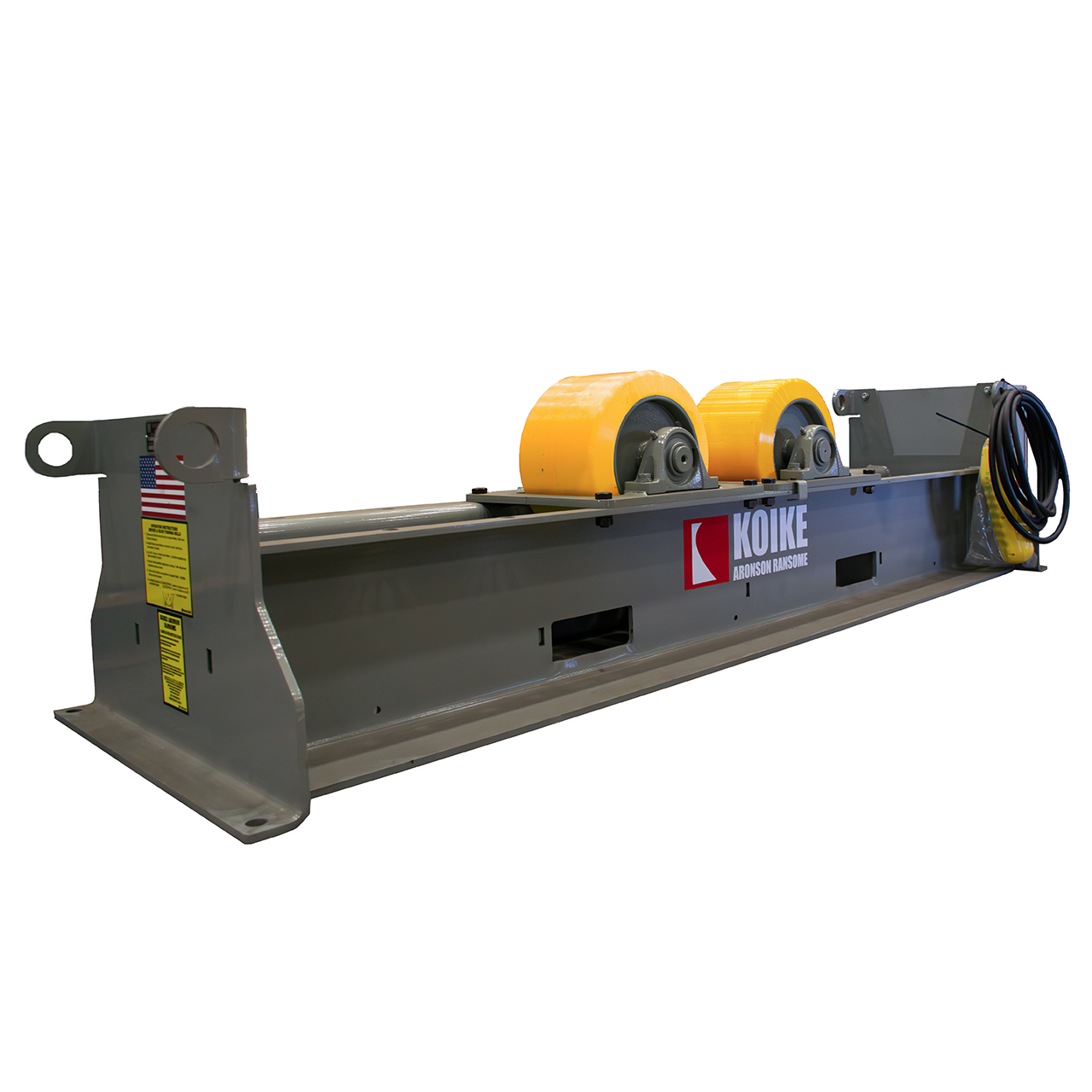
MRD
Our cost-effective model standard with a constant centerline configuration and a robust single wheel drive.
-
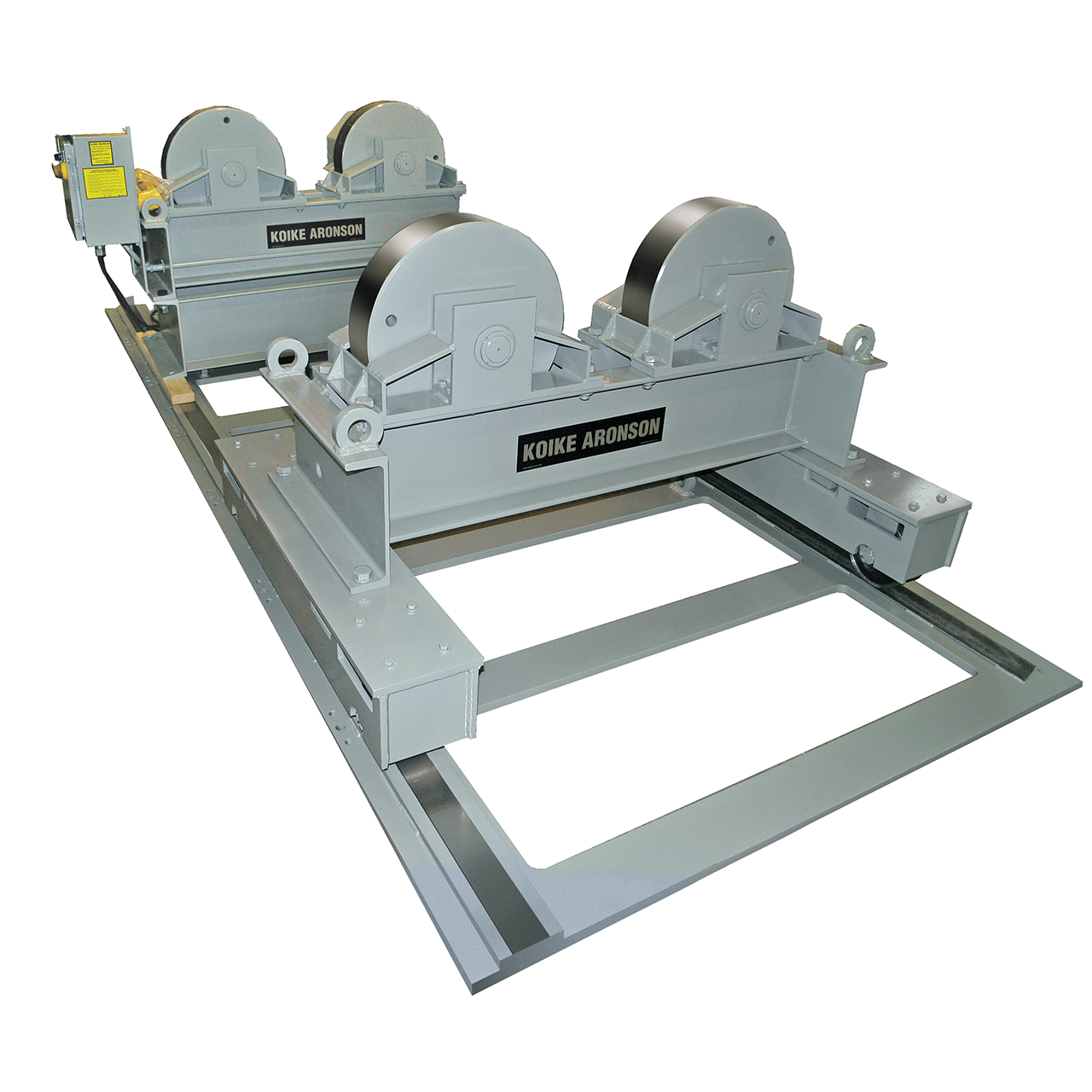
Aronson Series
A legacy name in providing controlled rotation of cylindrical workpieces using powered and idler rollers.
-
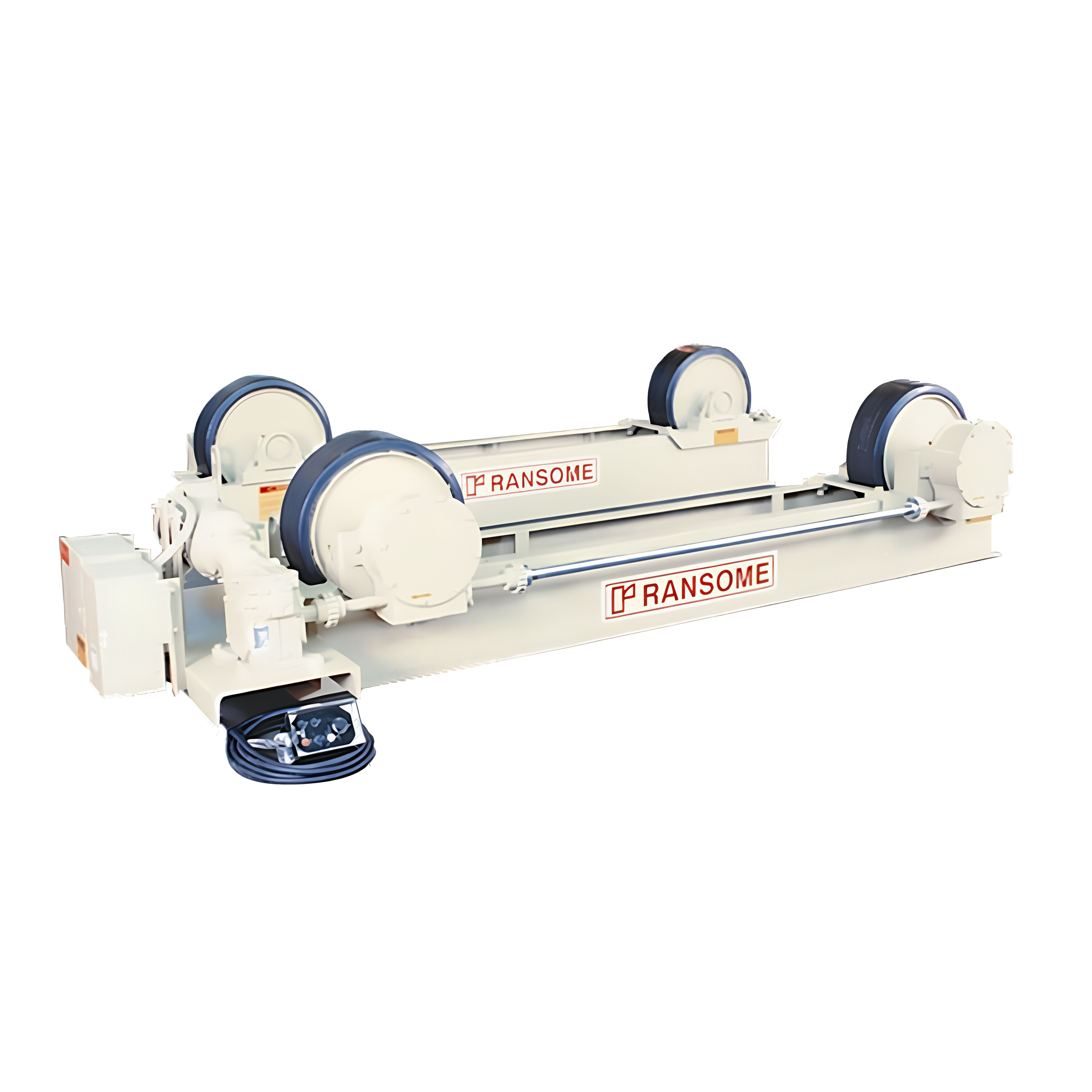
Ransome Series
A legacy name in providing controlled rotation of cylindrical workpieces using powered and idler rollers.
-
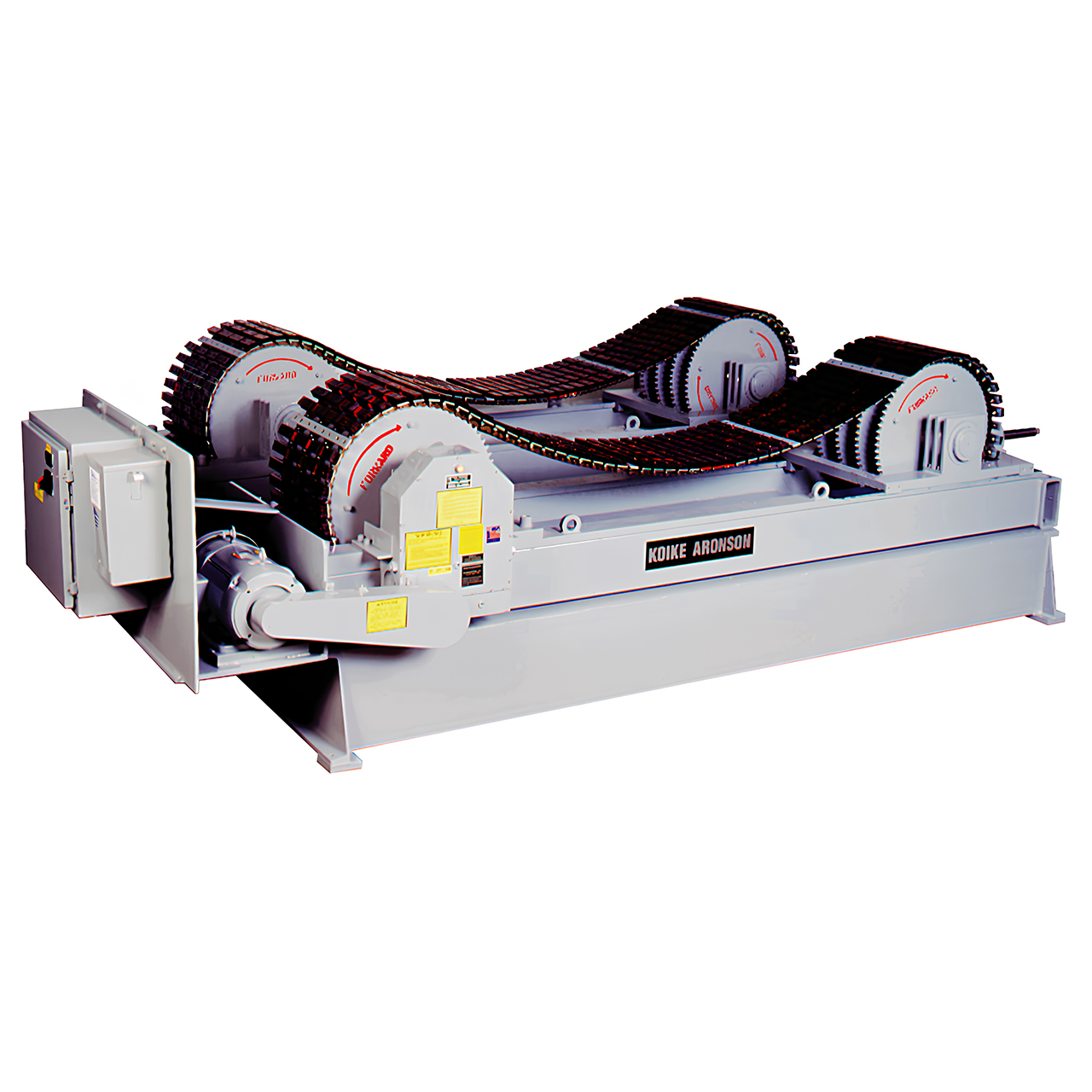
Speciality Rolls
Turning Rolls for unique applications.
-
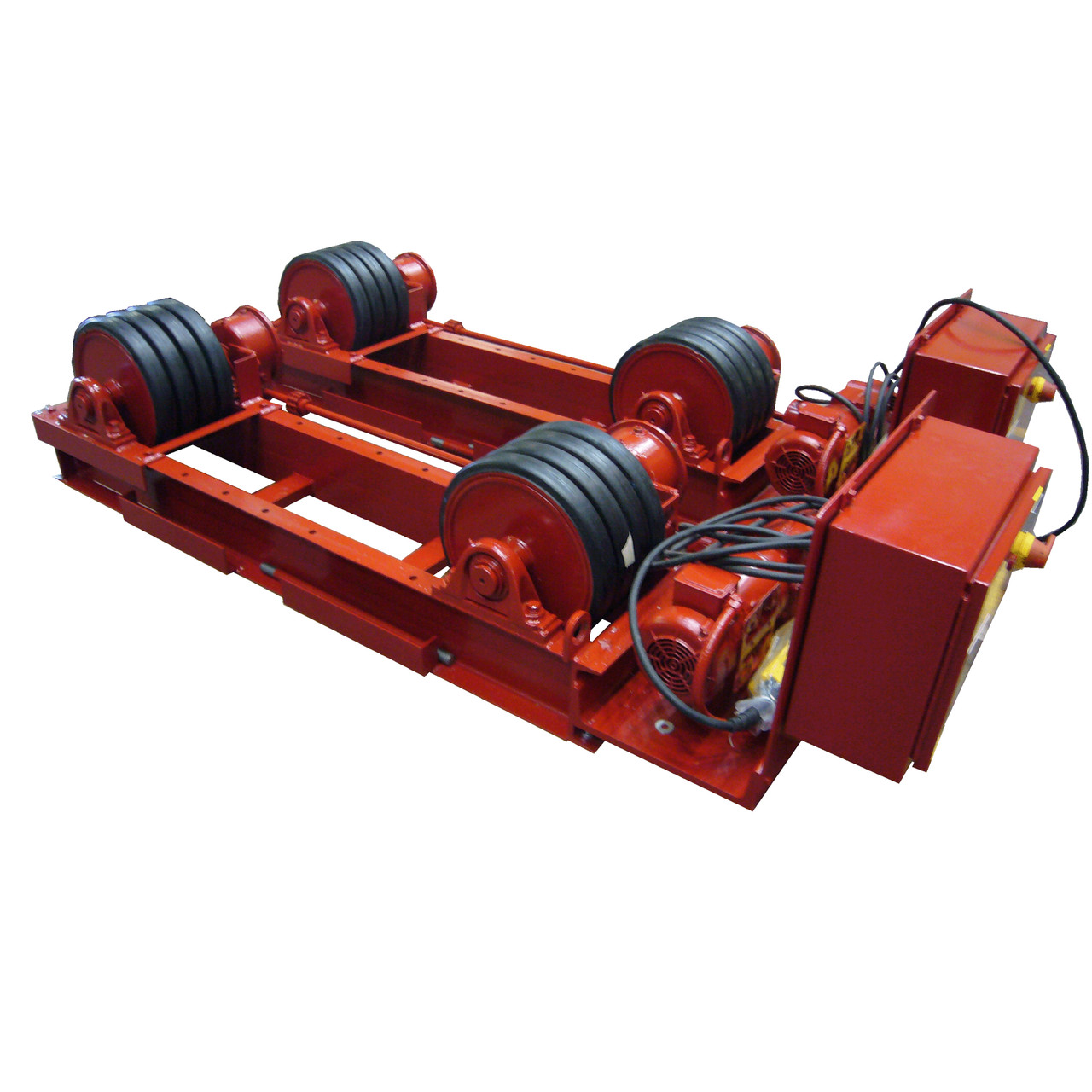
Koike Aronson, Inc
A-AAA Ransome Series Turning Rolls
The A-AAA Ransome Rolls are expertly engineered for optimal performance in positioning long cylindrical workpieces. These turning rolls are perfectly suited for tanks, pressure vessels, and pipes, specially designed to accommodate a variety of industrial...Learn More -
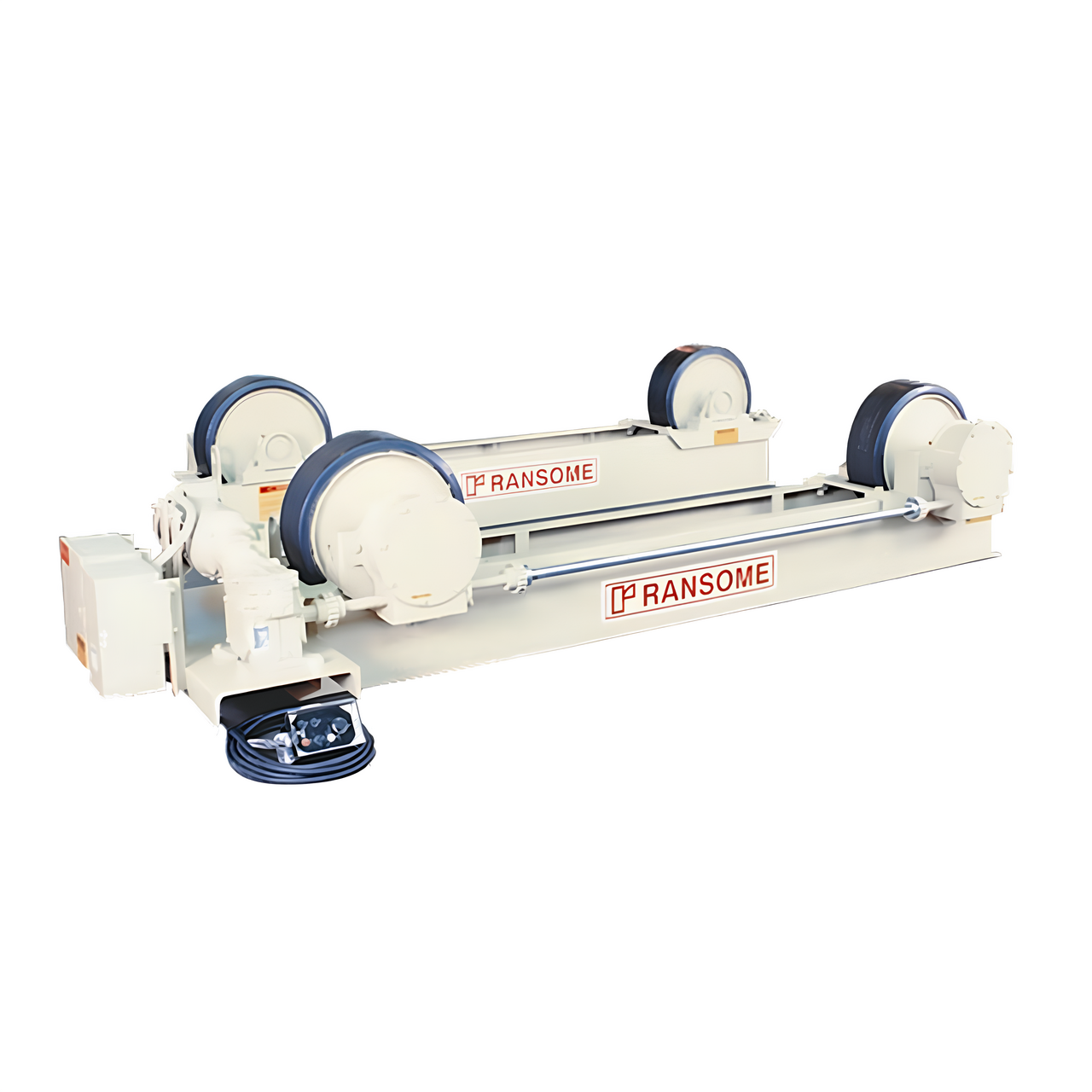
Koike Aronson, Inc
B-E Ransome Series Turning Rolls
The B-E Ransome Turning Rolls are meticulously engineered and constructed to facilitate the most effective positioning of long cylindrical workpieces. These turning rolls are ideal for handling tanks, pressure vessels, and large pipes, especially...Learn More -

Koike Aronson, Inc
TRAC-TRED | Patented Vessel Rotation System Rated up to 24,000 lbs with Customizable Padding Options
The Trac-Tred Turning rolls provide a solution for safely turning thin walled or precious surfaced cylindrical pieces without marring, wrinkling, or indenting the vessel. The patented Trac-Tred system allows for steady, precise rotation of vessels from 4...Learn More -

Koike Aronson, Inc
Outboard Support Stands | Adjustable Supporting Equipment For Welding Positioners Rated up to 10,000 lbs
The PTR Outboard Support Stand offers adjustable weight capacities of 1,000, 5,000, and 10,000 lbs., accommodating diameters ranging from 2" to 48". Equipped with 8" polyurethane wheels, this stand's roller assembly is mounted on a screw-adjusted stand,...Learn More -

Koike Aronson, Inc
Micarta | V-Block Alternative Turbine Rotor Turning Roll with Dense Precision Resin Wheels
The Micarta Turbine Rotor Turning Roll ━ the smart and cost-effective alternative to industry standards like V-blocks. Whether it's for sonic inspection or welding repair, these specialty positioners simplify the process with cranes needed only for...Learn More -
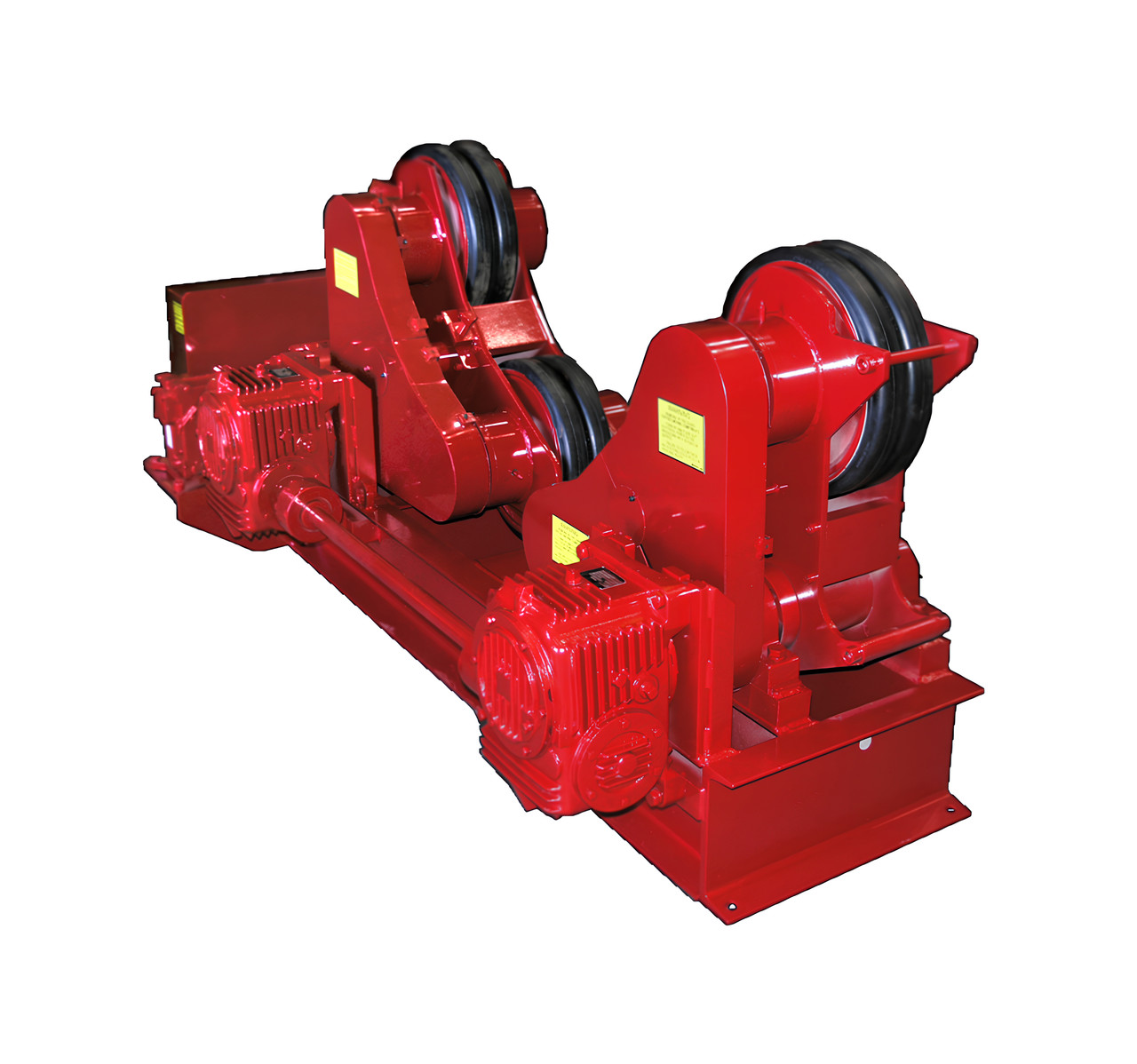
Koike Aronson, Inc
Self Aligning | Automatic Pinless Precision Alignment Ideal for Tapered Vessels Rated up to 180 Ton
Unlock maximum precision and efficiency with our Self-Aligning (SA) Turning Rolls – the ultimate solution for effortless workpiece manipulation. By automatically adjusting the wheel centerline when your vessel is in place, these rolls eliminate the...Learn More -

Koike Aronson, Inc
Anti-Drift | Precision Vessel Stability With Automatic Adjustment Control Rated up to 1,200 Ton
Introducing the Anti-Drift Roll: the ultimate solution for effortlessly ensuring the stability of your vessel. With its two synchronized "Steerable Wheels" powered by AC servo motors, this cutting-edge system dynamically counters any lateral movement...Learn More -
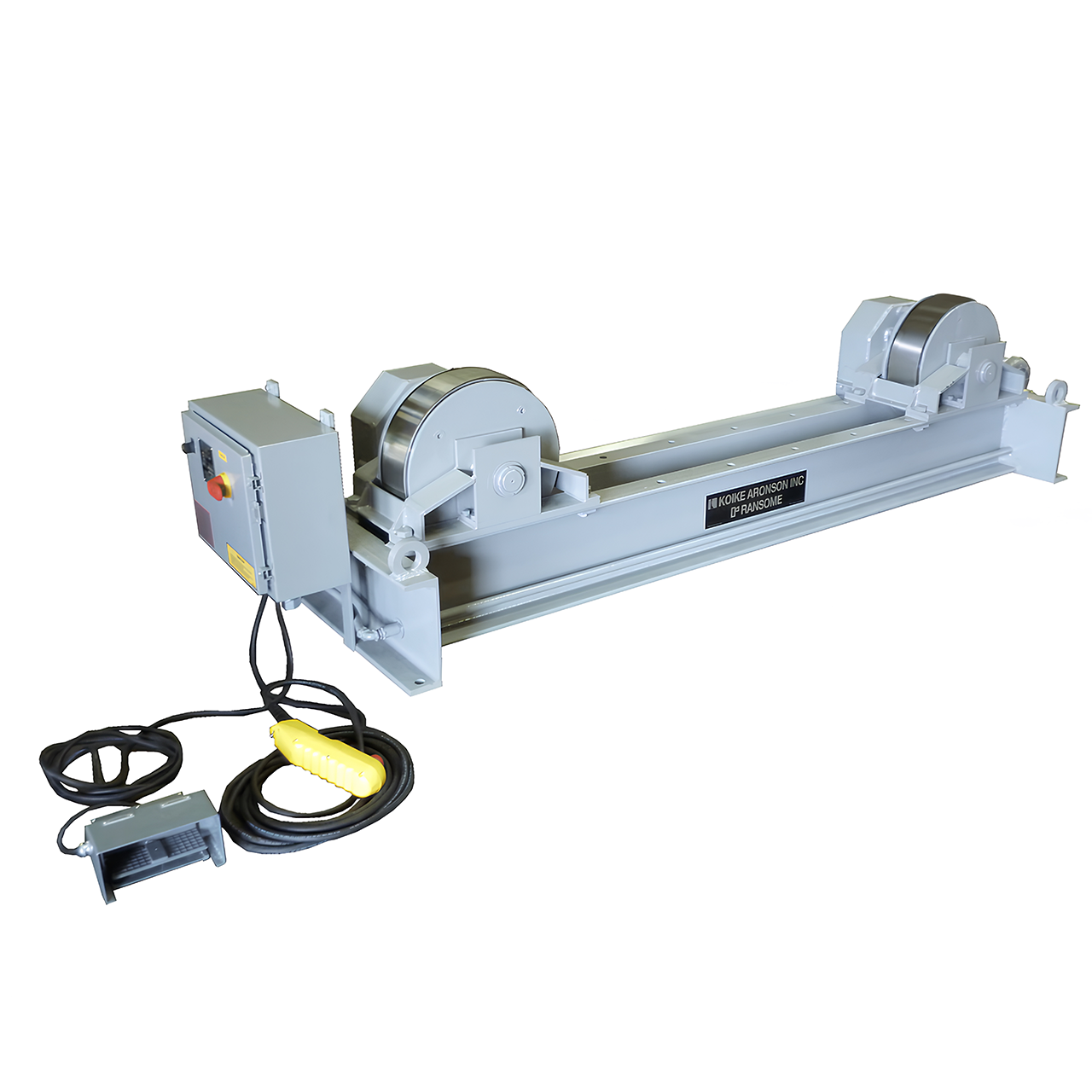
Koike Aronson, Inc
Steel Wheels | High-Capacity Precision Positioning Steel Turning Roll With Overload Prevention
Koike Aronson's Steel Wheel Turning Rolls, a versatile lineup designed for the efficient positioning of long cylindrical workpieces, including storage tanks, pressure vessels, and pipes. These turning rolls can even be adapted for non-cylindrical objects...Learn More -

Koike Aronson, Inc
Rubber Wheels | High-Capacity Precision Positioning Rubber Turning Roll With Overload Prevention
Koike Aronson's Rubber Wheel Turning Rolls, a versatile lineup designed for the efficient positioning of long cylindrical workpieces, including storage tanks, pressure vessels, and pipes. These turning rolls can even be adapted for non-cylindrical...Learn More -

Koike Aronson, Inc
Unit Rolls | Modular Spacing Heavy-Duty Vessel Turning Solutions Rated up to 30,000 lbs
The WRU unit frame turning rolls offer a safe and effective solution for turning heavy cylindrical vessels without causing any damage such as marring, wrinkling, or indenting on the workpieces. With capacities spanning from 5,000 to 30,000 lbs, these...Learn More -

Koike Aronson, Inc
Pipe Rolls | Adjustable High-Capacity Light-Weight Turning Rolls Rated up to 6,000 lbs
When it comes to Pipe Rolls at Koike Aronson, versatility and performance are at the center. Our PRD3 and PRI3 rubber-tired Driver and Idler rolls are designed for ease of use and transportability, making them ideal for any work site. Despite their...Learn More -
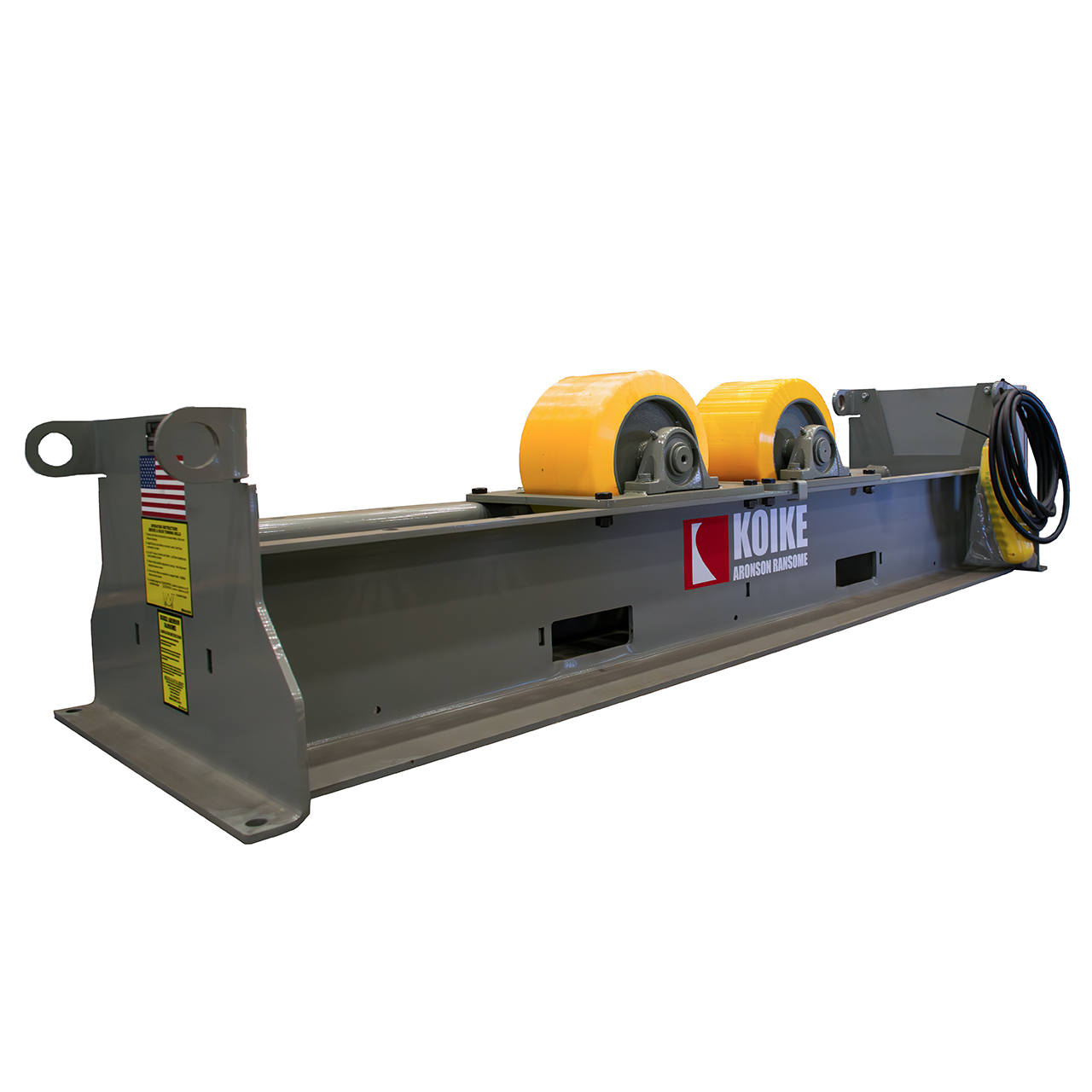
Koike Aronson, Inc
MRD/MRI Rolls | Remote Controlled Turning Solution Optional Dual Wheel Drive Rated up to 60,000 lbs
Designed with a focus on affordability, the MD line of turning rolls is configured with a constant centerline setup and a single-wheel drive as standard. For those seeking enhanced performance, an optional dual-wheel drive can be installed at the factory...Learn More
